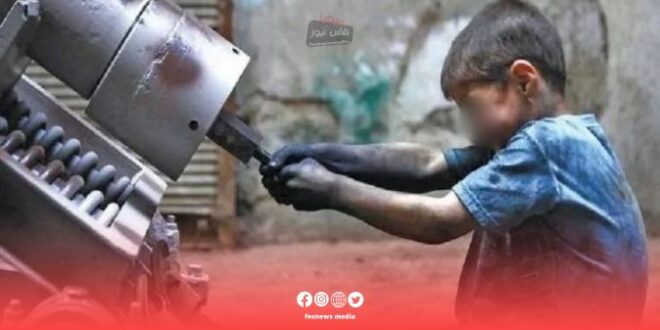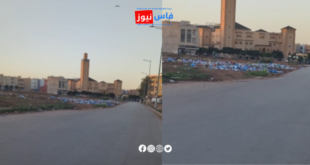On Wednesday, on the occasion of the World Day against Child Labor, the High Commission for Planning revealed that the phenomenon of child labor in Morocco remains alarming, as 63.3% of working children, equivalent to 69,000 children, are engaged in dangerous jobs that threaten their health, safety and development.
This phenomenon is most prevalent in rural areas, where 74% of working children in these areas are engaged in dangerous work, compared to 26% in urban areas.
The note highlighted that the age group most vulnerable to child labor is between 15 and 17 years old, as this group represents 87.9% of children working in dangerous jobs. Also, 91.2% of these children are males.
The delegation pointed out that the “agriculture, forestry and hunting” sectors in rural areas and “services” and “industry” in urban areas are the most exploited sectors for child laborers.
This phenomenon is distributed among 77,000 Moroccan families, equivalent to 1% of all families, and is mainly concentrated in rural areas (55,000 families) compared to 22,000 families in cities.
The delegation explained that large families are the most vulnerable to the phenomenon of child labor, as the percentage of families with at least one working child is 0.4% for families consisting of three members, and gradually increases with family size to reach 2.5% for families consisting of six or more members.
Regarding the status of the families to which working children belong, the delegation reported that 48.4% of these families have a head of household working in agriculture, 17.1% in the construction sector, 20.7% in the service sector, and 13.4% are inactive.
Source : Fez News Media
 فاس نيوز ميديا جريدة الكترونية جهوية تعنى بشؤون و أخبار جهة فاس مكناس – متجددة على مدار الساعة
فاس نيوز ميديا جريدة الكترونية جهوية تعنى بشؤون و أخبار جهة فاس مكناس – متجددة على مدار الساعة













